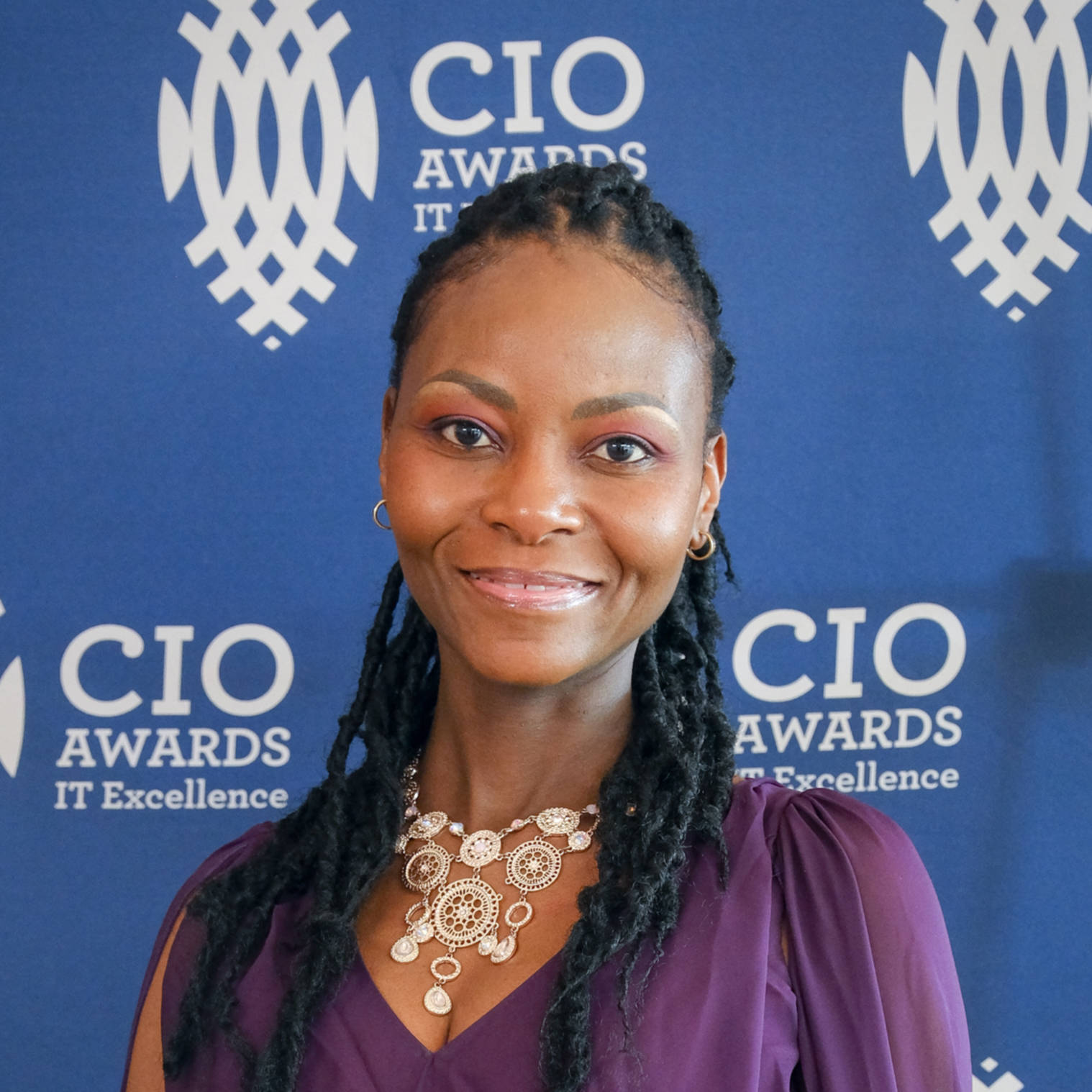Top HR leaders share their top approaches to finding agility during times of change and disruption.
In a conversation made possible by Workday, leaders at the HR Indaba Conversations said it has been imperative to find new ways of working while in the midst of a crisis, and to ensure that the solutions put in place now endure in the long term and attract future talent.
Walk the talk
EOH Group HR director, Malisha Awunor said follow-through is essential when responding to crisis, and pointed to the July 2020 riots as a time when her organisation chose to step up. When the violence broke out, the company had to try to maintain a sustainable business while supporting their people through the intense fear and panic.
Malisha explains that EOH created a chatbot on WhatsApp, which was deployed in 24 hours. Through that platform, people could request accommodation, food, medicine and counselling.
Within a few days, in response to requests, EOH procured 24 tonnes of food for its people and ensured it was delivered. They partnered with restaurants and made 6,000 warm meals for people to pick up, and more than 500 people and their families took up trauma counselling.
“To me that is leadership in action,” said Malisha. “That is walking the talk when people need it the most. Our leadership reached out and showed care. Leadership support is always critical, but in such tough times it is non-negotiable.”
A powerful illustration of walking the talk was shared by Avanthi Maharaj, Google’s cluster HR market head – SSA. Avanthi told her own story of having to undergo serious surgery during the lockdown, and when she tried to return to work, her manager forced her to take care of herself, giving her the permission, time and space to recuperate.
She shared that, “In the six weeks that they gifted me I didn’t receive a single email from my leadership team and I had to recalibrate my own mind around what it means to ‘Show up’ and take responsibility for my behaviour. It humbled me.
“Rather than holding me to the policy, the leadership team looked at the policy and asked, ‘How can we use the moment to enhance or improve our standard policy?’ This was active agility in action. I think this approach helps to humanise policy and create a lived experience of the EVP we promise.”
Neridha Moodley, leader of people and culture at SNG Thornton, said the biggest impact made was the company’s stance of people before profits, which was evident, and not just a slogan. “We did what we committed to, kept in touch and engaged our people. For example, we had a daily publication on ‘lockdown living’, with jokes, diet ideas, exercise plans, competitions and all sorts of initiatives to keep people engaged and not left out, especially young graduates who are sitting alone in flats and missing out on the interaction they would have traditionally had.”
Leadership that embraces change
Avanthi said helping leaders support and drive employees, navigate work, productivity and death was key and says, “Our leaders adopted and lived the mantra, ‘It’s okay to not be okay.’”
Malisha said that if you have a culture that is open to change or embraces change, you can adapt easily. “Purpose is what has helped drive agility in our organisation, pulling people together from across a huge ecosystem for common causes. We have used tech to shift our EVP and demonstrate trust, care and growth.”
Neridha explained that, “We introduced specific leadership training for the new ways of work and tried to find a way to practically support people – with the realisation (even with the correct tools) that you cannot achieve and prioritise everything.” She said some key lessons she learned included that leadership needs to ask people what they need.
Willingness to experiment
Avanthi shared that even though Google had decent flexible work and tech policies in place, the reality is that their employees across the globe have very different home environments, and the question became to address these discrepancies.
She said, “One example of our active agility was the introduction of ‘carer’s leave’, which was six weeks over and above standard leave. Nearly 90% of Googlers took this leave (or some of it) and this forced leaders to look at how to solve for the productivity ‘gaps’ by looking for talent and interest beyond job titles and qualifications (called 20 percent projects). The key was better communication between leaders and the resources they serve.”
She shared that these projects were life-changing and have even allowed people to change to new jobs: “You didn’t have to fly to another country to gain that experience and could still contribute to something on the other side of the world from your couch.”
In closing the panellists emphasised the need to look for diversity of interventions and recognise that people deal with situations differently.
|
In the chat Penwell Lunga, human capital executive at KAP Industrial Holdings, a business with 20,000 people in factories and transport, said that the majority of their team could not work from home, so as soon as hard lockdown ended, they had to go back. He said, “We were lucky that in the sectors we operate in, demand came in quickly and in some cases, exceeded our capacity. The agility we needed was being able to work within regulations [and we] managed to keep people safe in a new environment.” Vanessa Hlatshwayo, HRBP at Norton Rose Fulbright, said, “For a long time it wasn’t believed that people could be productive remotely, and we had battled to allow people to have flexibility. We found that in less than a week, everyone was set up remotely. These changes forced us to build a new level of trust between colleagues, and technology was accepted by those who had been resistant.” |












